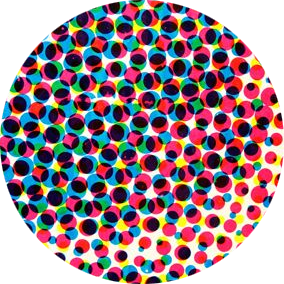Amusement & Consumerism in Winsor McKay’s “Little Nemo”

In the book “Wide Awake in Slumberland,” Katherine Roeder relates Winsor McKay’s classic comic strip #LittleNemo to a variety of preoccupations of early 20th century entertainment & consumerism, referencing dime museums, amusement parks, circuses & the rise of mass culture. 1/14




Dreamland & Luna Park created grand atmospheres referencing famous architecture of Baroque Europe & the ancient world, but made this grandiosity accessible to ordinary Americans with an emphasis on spectacular fantasy, evident in the thematization of dreaming. 5/14

To evoke dreams, the parks manipulated scale & incorporated surreal elements. Doorways could be giant heads, a hotel could be shaped like an elephant. McKay often employs similar techniques; landscapes shrink & grow, animals fly & transform, everything is larger than life. 6/14

Little Nemo is also indebted to the travelling circus, one of the most popular American entertainments in the late 19th & early 20th centuries. Circuses would plaster towns with posters before their arrival. Some Nemo comics directly resemble these iconic posters. 7/14

Like circus posters, Little Nemo comics often emphasize exoticism, abundance, and death-defying spectacles. This Thanksgiving strip is particularly poster-like, arranging smaller attractions around a central sensational display—much like the narratve Jumbo poster at left. 8/14

The debut of the character “Impie” reflects less positive influences. Impie is an obvious racist caricature, who “speaks a gibberish language, wears an approximation of ‘native’ dress,” and whose “exaggerated features recall the theatrical blackface of minstrel performers.” 9/14

Continues Roeder: “The objectification of the jungle imps as figures of amusement… is not unlike the more unsavory circus acts, such as Barnum’s ethnological congress, in which human beings from other nations were put on display to be gawked at inside the animal tent.” 10/14

Through its opulence & plenty, Little Nemo can glorify consumerism. In the late 19th century, expansion of mass-produced toys coincided w/ the development of electric light & new glass technology. This enabled store window displays promising shiny playthings for the masses. 11/14

Yet Nemo also critiques the false promise of consumerism. Just as the commodities in store windows only pretended to be available to everyone, “so too was the stuff of Nemo’s dreams—plentiful and intoxicating, but also painful and overwhelming, and ultimately out of reach.” 12/14

In the end, is “Little Nemo” an anarchic celebration of youthful imagination & rebellion, or a collection of empty promises of consumerist transformation? Roeder argues that much like the popular amusements of the early 20th century, it was probably a little of both. 13/14

“Like the controlled danger of an amusement park ride, comics offered a forum for controlled anarchy & adventure, which is evident in the final panel where Nemo is safely situated in his middle-class bedroom.” Though Nemo travels far, he always relishes the safety of home. 14/14
